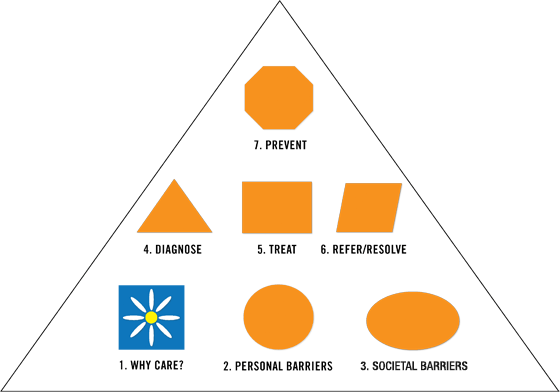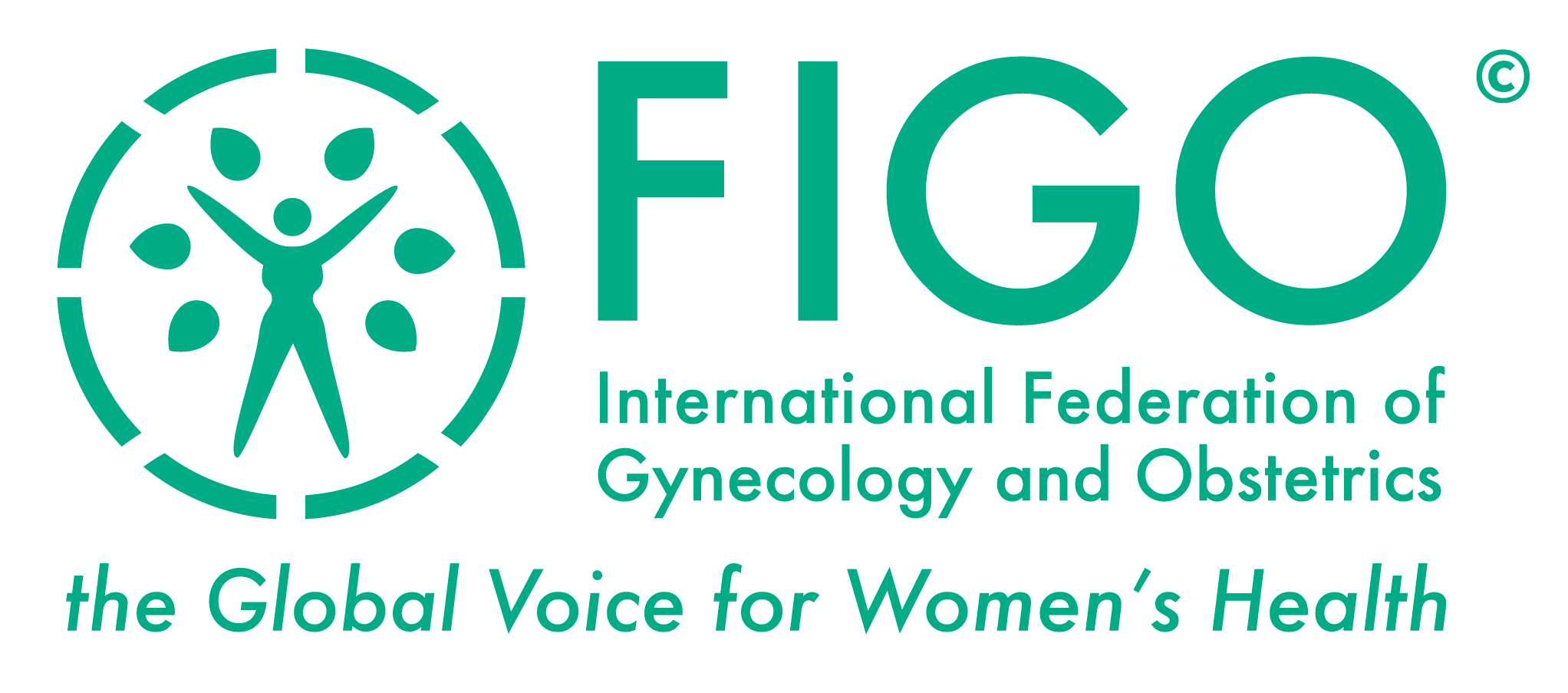7 TOOLS That Empower You To Help Infertile People

How do I know what to do?—The Actions Pyramids: With the exception of the Daisy (Tool 1), all tools have the shape of a pyramid. At the base of each pyramid are Actions that can be taken in low-resource settings, that is, they are often simpler, elementary, involve fewer people and/or are low-cost interventions or opportunities.
The Actions at the base of the pyramid reflect initial situations/actions that require very few resources, often just an interested person even without financial resources who is functioning at the lowest healthcare level or even outside the healthcare system. It tells them “What to do” even in the lowest resource settings. The intermediate level of situations/actions are higher in the pyramid and reflect a greater need for some type of resource, be it institutional, personnel and/or financial in order to take action. The top of the pyramid Actions reflect activities/actions that need highly trained/specialized personnel, institutions, healthcare or societal systems or financial resources. This structure of a hierarchy or levels represents a continuum of care, not a categorical one, so as to take into account the wide variety of situations among and within different countries.
As you move higher up in the pyramid, generally more resources are required to take Actions that are usually more complex. You can think of it as a kind of ladder—as you climb higher it usually gets a bit more complex or complicated. Sometimes, however, it might also be easier higher up on the ladder, and the elementary aspects might be those most challenging.Your goal is to do whatever you can do at any level in any of the 7 Tools in The Actions Pyramid.
The Actions Pyramid ™

Higher-resource and More Difficult Actions at the top of each Tool Pyramid
Lower-resource and Easier Actions at the bottom of each Tool Pyramid
Which Tool should I use? The one you think will work best for you and will give you some results quickly. Doing something is better than doing nothing. There is no right or wrong way to make a start. Then, if you want to do more you can choose other Tools or individual aspects of other Tools to build on what you have already achieved. Or, if you want to be very systematic and are very committed you can start with Tool 1 and work your way through the entire Toolbox .
The Toolbox is intended for use by all stakeholders in different professions (e.g. clinical, policy makers, patients, others) at all different levels of education and training in all types of low to high resource settings. Different parts of the Toolbox can be used by different individuals attempting to provide access to quality fertility care.
All stakeholders can quickly get a comprehensive overview of all aspects of fertility by reading each Basic Tool section of the 7 tools. This will give an initial overview of all aspects of fertility. Stakeholders who want to take an action can use the appropriate Support Tool that applies to the situation/problem they are addressing. The Support Tool provides all the information necessary to empower an individual to take action and do something. Those who are able to utilize higher resource information can use the Reference Tool to learn and do more.
What if I can’t implement some of the recommendations? Then drop it and move onto something that you can do or implement. No single component of the Toolbox is so essential to helping infertile couples that your efforts will fail if you can’t apply it. Using even one or two Actions in one or two Tools will empower you to help many infertile individuals.
What if I want to change a Tool? Just do it. The Toolbox is made to be changed so that it can be adapted to work in any type of healthcare setting anywhere in the world. You know what works best in your situation. Just never stop caring and trying to help infertile people.
Future Development of The FIGO Fertility Toolbox ™. The FIGO CRM will develop a questionnaire/survey to obtain feedback on use of the Toolbox. Blogs, social media and field testing through FIGO national societies and thought leaders will be pursued. The FIGO CRM will evaluate feedback, modify the Toolbox to keep it standardized but evolving, facilitate discussion and dissemination of ideas to and among stakeholders, and facilitate national/regional modifications to enhance the Toolbox . It is intended that The FIGO Fertility Toolbox ™ will be modified based on experience with its use in the many unique conditions that exist globally and evolve over time to become an increasingly useful and dynamic tool that increases access to quality infertility care globally.
Does the Toolbox have a compliments and complaints section? Yes, it is called the FIGO Committee on Reproductive Medicine. Email us at fertilitytoolbox@figo.org. We would love to hear from you about what you like and what works in the Toolbox works and what doesn’t. Let us know how you are using it and how you are changing it. We hope to constantly improve The FIGO Fertility Toolbox ™ to make it a better Tool to help you and all healthcare workers and other stakeholders tackle the disease/disability of infertility.
